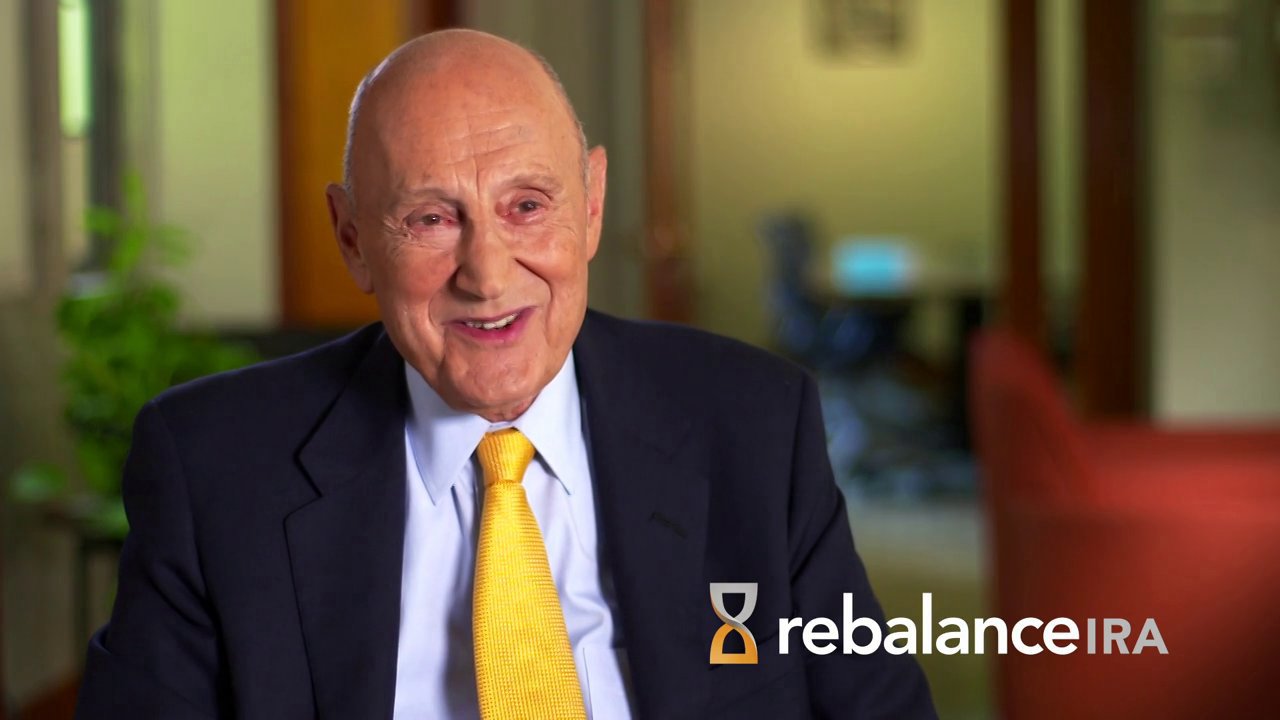Burt Malkiel: If you can’t time the market, the best thing to try to do is just put money in consistently over time. And whether you’re optimistic or pessimistic, just keep it up. Now, that means you’ll probably buy at the top sometime. But it also means that you will buy at the bottom. And the beauty of dollar-cost averaging is that you buy more shares when the market’s low than when it’s high.
Think about…think of the index. You were buying an index fund and it started at 100, went down to 50, and then the third period went back to 100, and you had $3,000 to invest. So if you put it in at the beginning, you put the $3,000 in at 100. It was worth $3,000. The index was 100 at the end of the period. Still worth $3,000.
But now, let’s say you put $1,000 in the first period, $1,000 in the second period, and $1,000 in the third period. That’s dollar-cost averaging. So what you do is you bought one share at the beginning, because the index was 1,000 and you put $1,000 in. The index was 500 the next period, so when you put your $1,000 in, you bought two shares. And then you bought one share in the third period.
So how do you end up? How you end up is you had four shares at $1,000. And even though the market is flat, you made a lot of money. And that’s basically the key to dollar-cost averaging. Now, you’ve got to do this regularly. You can’t say, “Oh my God, the sky is falling, I won’t do it this period.” You have to do it every single period, but for people saving for retirement, it’s a wonderful technique.
And even when markets are flat, even in the first decade of the 2000s, which was not a great decade for the stock market, you actually made a lot of money by dollar-cost averaging and you wouldn’t have made it if you simply put it in at the beginning of the period.









